Snap chat: Daido Moriyama on how to be a street photographer
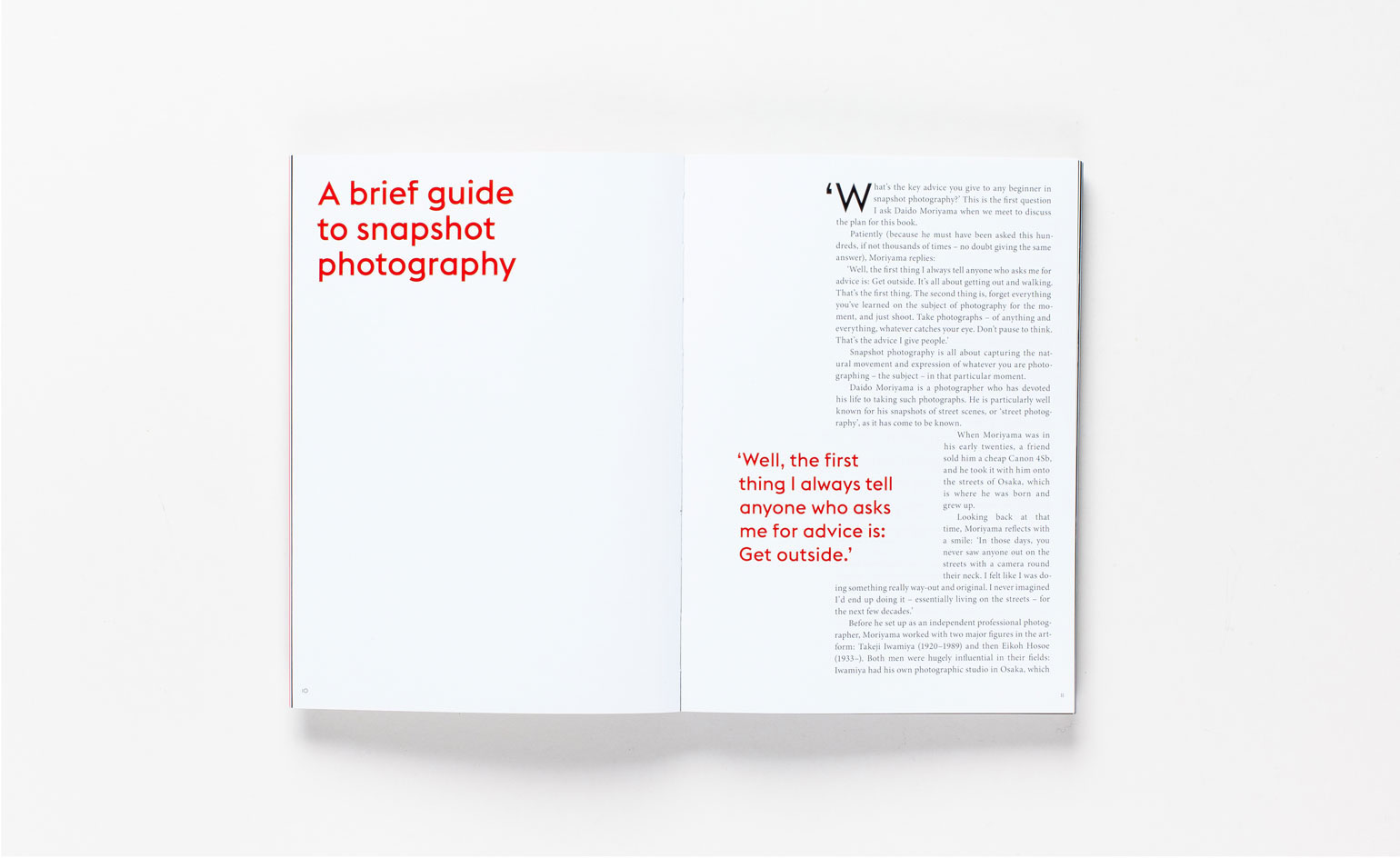
Today, it seems everyone is an apprentice in the art of snapshot photography. Our tool is a phone, and our agent is social media. Thanks to a new book published by Laurence King, we get the opportunity to learn from the master. Daido Moriyama: How I Take Photographs is filled with glimpses of wisdom from the Japanese street photography forerunner, offering us rookie (and often much too prolific) iPhone-wielders a crash course in how to take snatched snaps that succeed in offering pause for thought.
Written by Japanese author Takeshi Nakamoto, in close collaboration with the artist, we journey (both geographically and otherwise) through Moriyama's creative practice. In the neatly titled first chapter ‘A Brief Guide to Snapshot Photography’, we're advised the first step is to simply ‘get outside’. But, as explained by Nakamoto, it's where to go – and where to look when you get there – that separates a good street photograph from a great one. It's here that Moriyama's famed instinct comes into play.
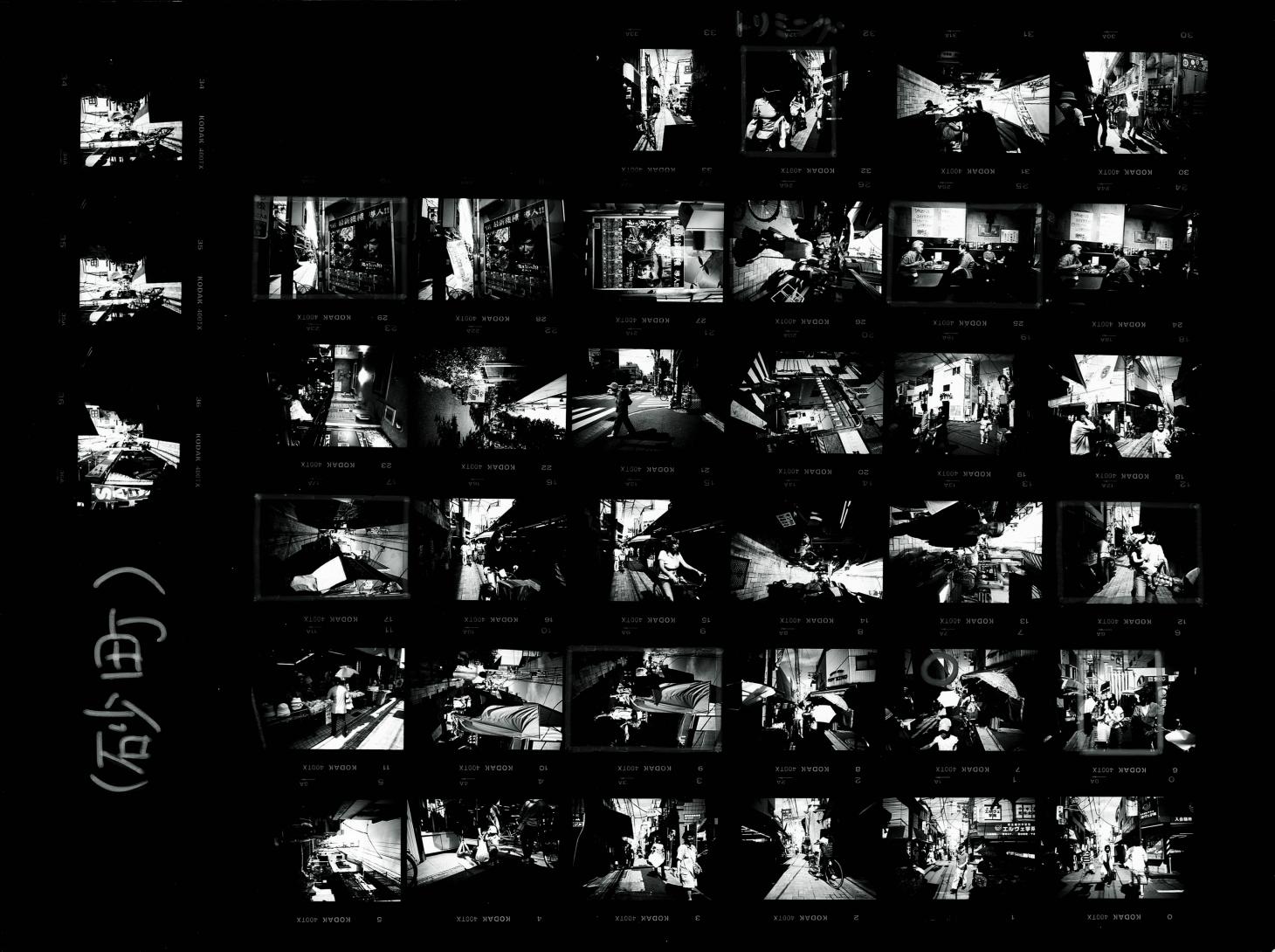
Photography: Daido Moriyama
‘Over and over again, Moriyama pauses in his tracks and just stands there, pressing the shutter button of his camera,' writes Nakamoto, who accompanied the artist on many photography trips in researching the book. ‘Looking round, continually alert, he points the lens towards whatever catches his interest. Occasionally, he holds his camera at chest height, and just presses the shutter button, keeping it pressed down, taking one shot after another in quick succession, without bothering to look into the viewfinder.’
From Ginza to Sunamachi, Haneda Airport to Tsukudajima, the photographer's axioms unfold. We learn to observe the interaction between people at the street; to pay attention to the food on stalls and shop window displays, to ‘really look at things’, rather than taking wide abstractions, shaking off ‘concepts’, ‘themes’, and preconceived ideas. We ‘take a facsimile of the streets’.
Not your typical how-to guide, the book is a visual riot. As diverse as sweeping cityscapes, unctuous footprints in the mud, and intimate portraits of Ginza cafes. Despite the divergent themes, each image is connected by a certain wistfulness. Readers get the sense of what's just out of shot; or what's just happened – smudged moments captured from a moving car. Moriyama explains: ‘Call it a kind of melancholy – a sense of loss – that I felt about all the images I was conscious had now passed out of my grasp, and that were now behind me on the road … Something essential, something indefinable, that I was somehow letting escape – like water draining through a sieve.'
Learning from the master, we also learn about him. Born in Osaka in 1938, he began his career as an independent photographer in 1964. Soon after, in 1968 he published his first photo book Japan: A Photo Theatre, one of the first photobooks to capture the ‘rough, blurry, out of focus’ aesthetic; for which Moriyama is now known. In it, and in his subsequent library of photobook releases, the artist steers clear of preconceptions, which Nakamoto explains, is mirrored in his attitude. Moriyama has a proclivity for saying: ‘Oh come on, get real’ – perhaps the best coded advise a snapshot photographer could receive.
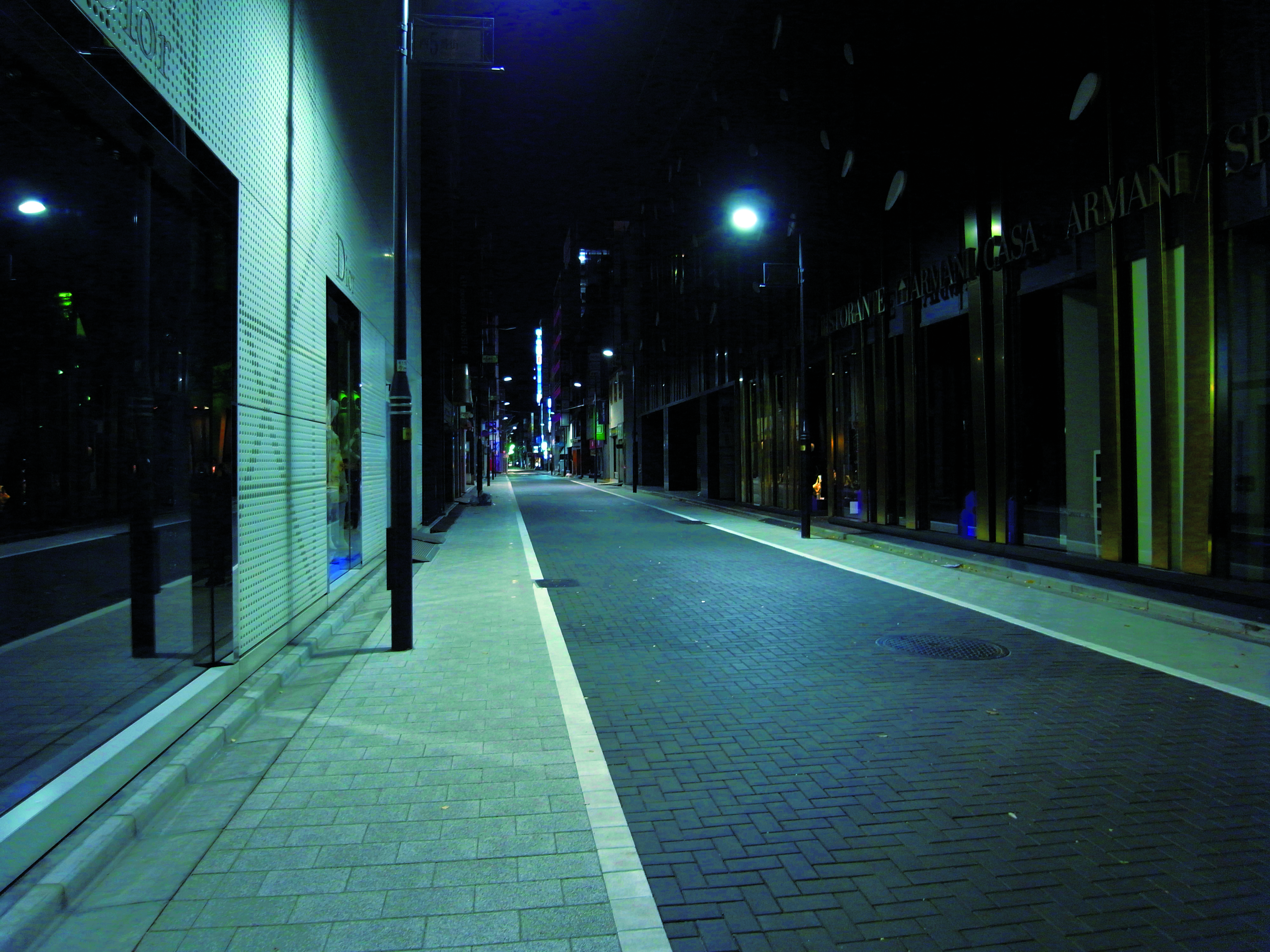

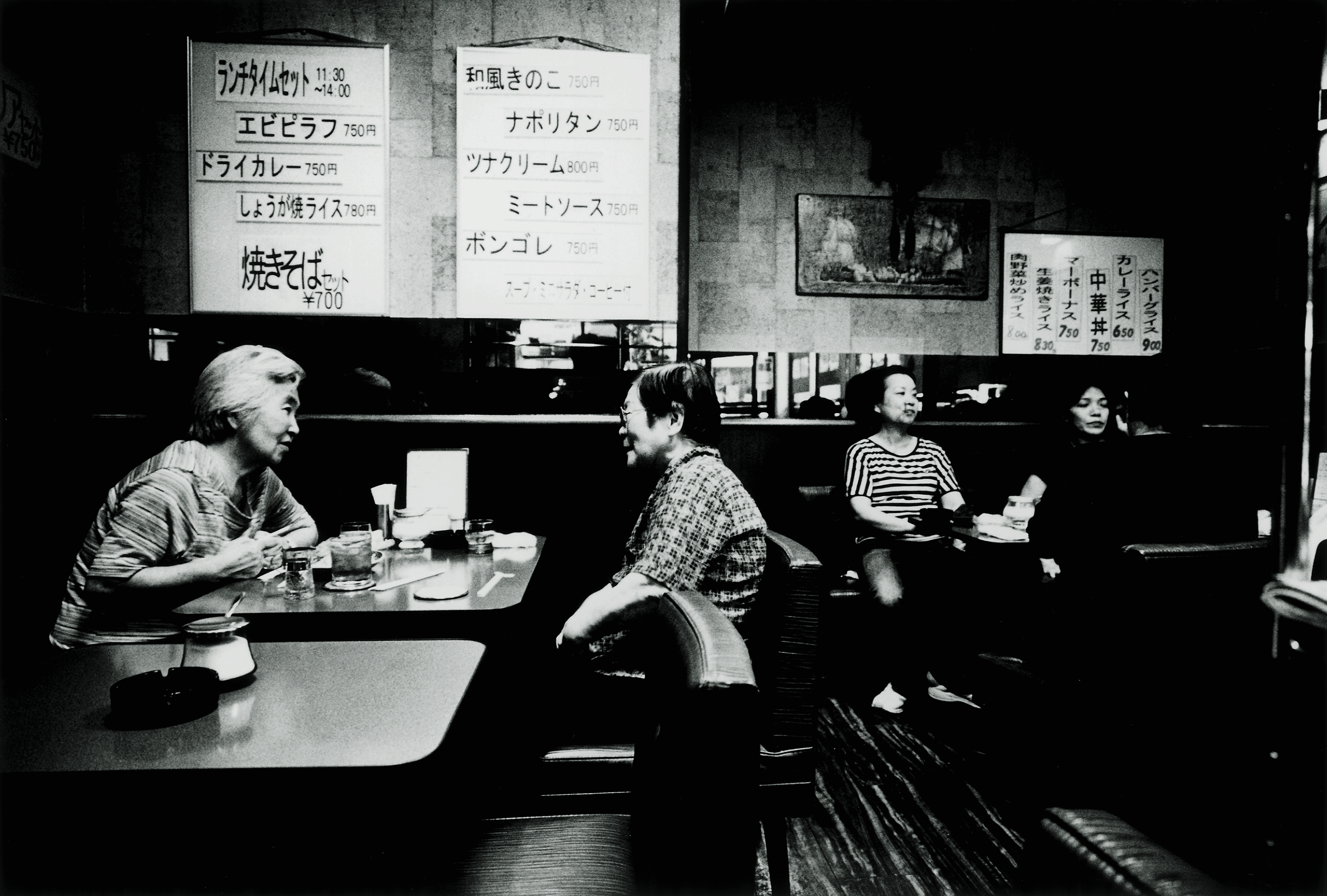
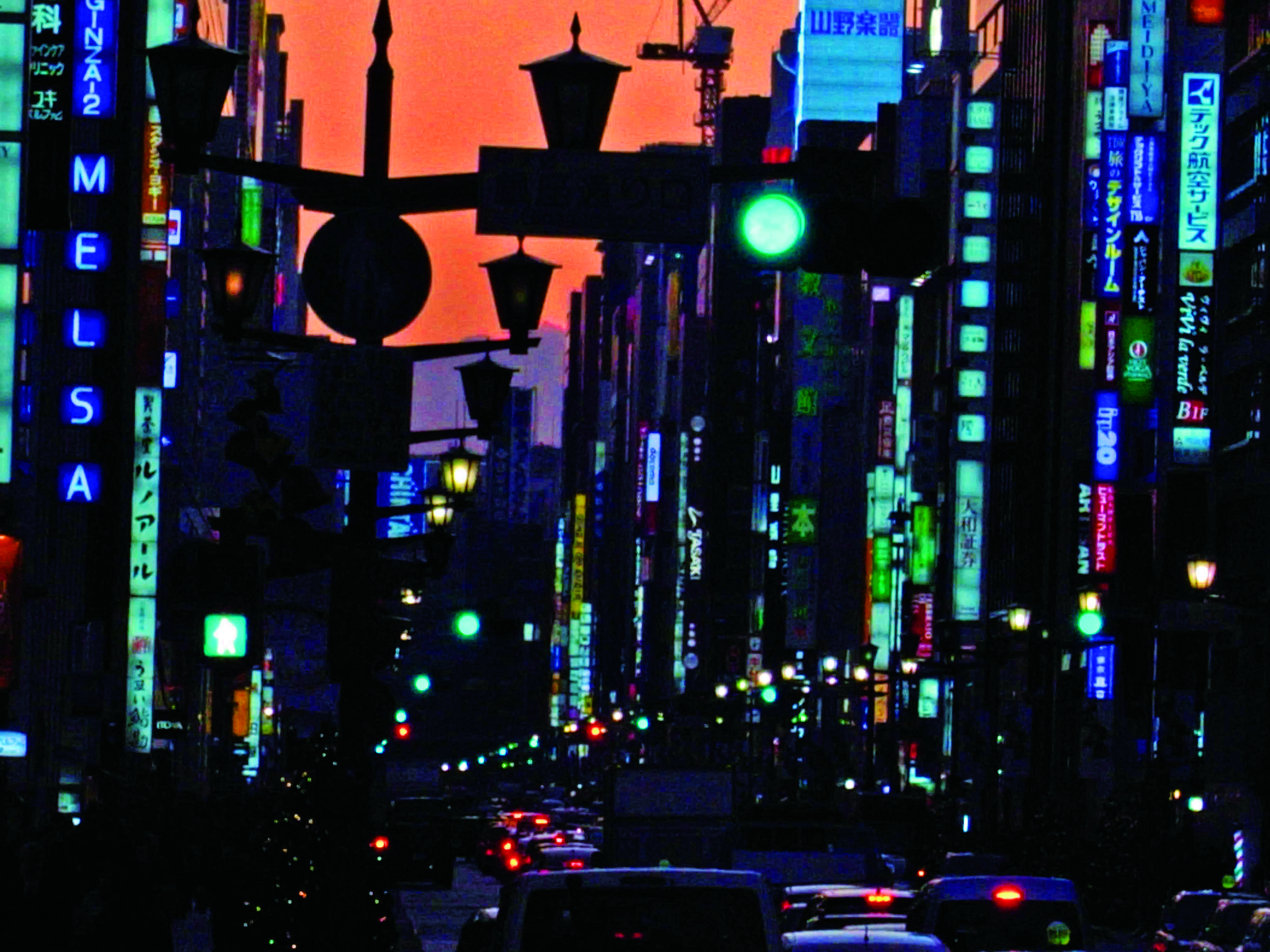


INFORMATION
Wallpaper* Newsletter
Receive our daily digest of inspiration, escapism and design stories from around the world direct to your inbox.
Elly Parsons is the Digital Editor of Wallpaper*, where she oversees Wallpaper.com and its social platforms. She has been with the brand since 2015 in various roles, spending time as digital writer – specialising in art, technology and contemporary culture – and as deputy digital editor. She was shortlisted for a PPA Award in 2017, has written extensively for many publications, and has contributed to three books. She is a guest lecturer in digital journalism at Goldsmiths University, London, where she also holds a masters degree in creative writing. Now, her main areas of expertise include content strategy, audience engagement, and social media.